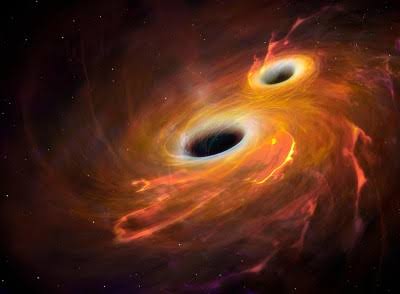LIGO, the Laser Interferometer Gravitational-Wave Observatory, is back online after a three-year hiatus. The upgrades to LIGO have made it significantly more sensitive, and it is now expected to detect gravitational waves from colliding black holes every two to three days. This is a major increase from the previous rate of once a week or so. The improved sensitivity of LIGO will allow scientists to study a wider range of gravitational wave events, including those from merging neutron stars and supermassive black holes. This will provide new insights into the evolution of the universe and the nature of gravity.
The improved sensitivity of LIGO will allow scientists to study a wider range of gravitational wave events, including those from merging neutron stars and supermassive black holes. This will provide new insights into the evolution of the universe and the nature of gravity.
LIGO is not the only gravitational wave detector in operation. The Virgo Interferometer in Italy and the KAGRA observatory in Japan are also expected to contribute to the detection of gravitational waves. Together, these three detectors will create a global network that can provide a more complete picture of the universe.
The return of LIGO is a major milestone in the field of gravitational wave astronomy. It promises to open up a new window on the universe and provide new insights into the most extreme events in nature.
Here are some of the things that LIGO is expected to learn during its fourth run:
- The rate of mergers of black holes of different masses.
- The distribution of black holes in the universe.
- The properties of neutron stars.
- The formation of supermassive black holes.
- The physics of gravity in extreme conditions.
LIGO’s fourth run is expected to last for 20 months. During that time, the detector will be constantly monitoring the skies for gravitational waves. Any detections will be made public immediately, so that astronomers around the world can study them.
The return of LIGO is a major event for science. It is a testament to the ingenuity of the scientists who built and operate the detector, and it is a sign of the progress that has been made in gravitational wave astronomy over the past few years.

